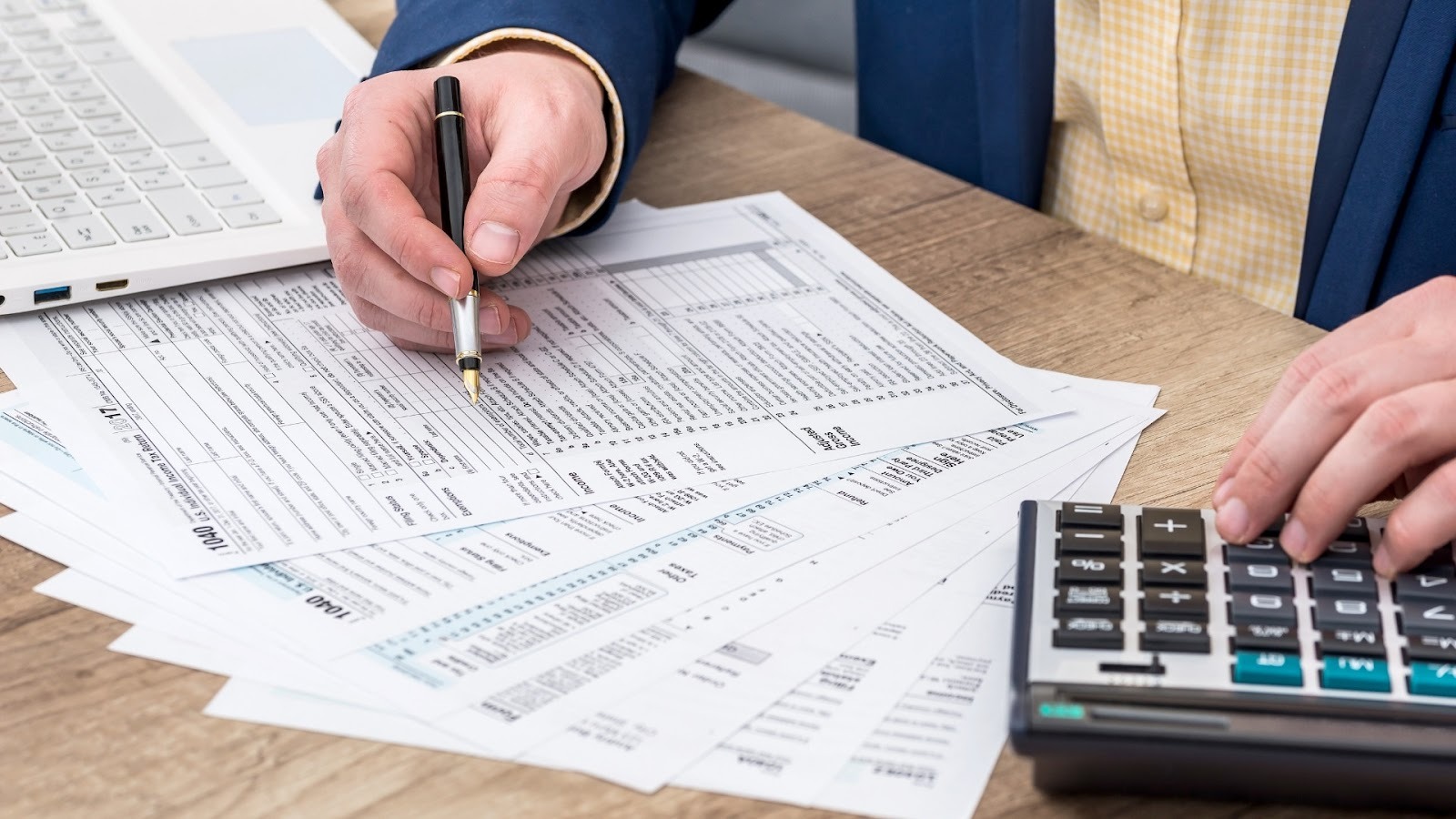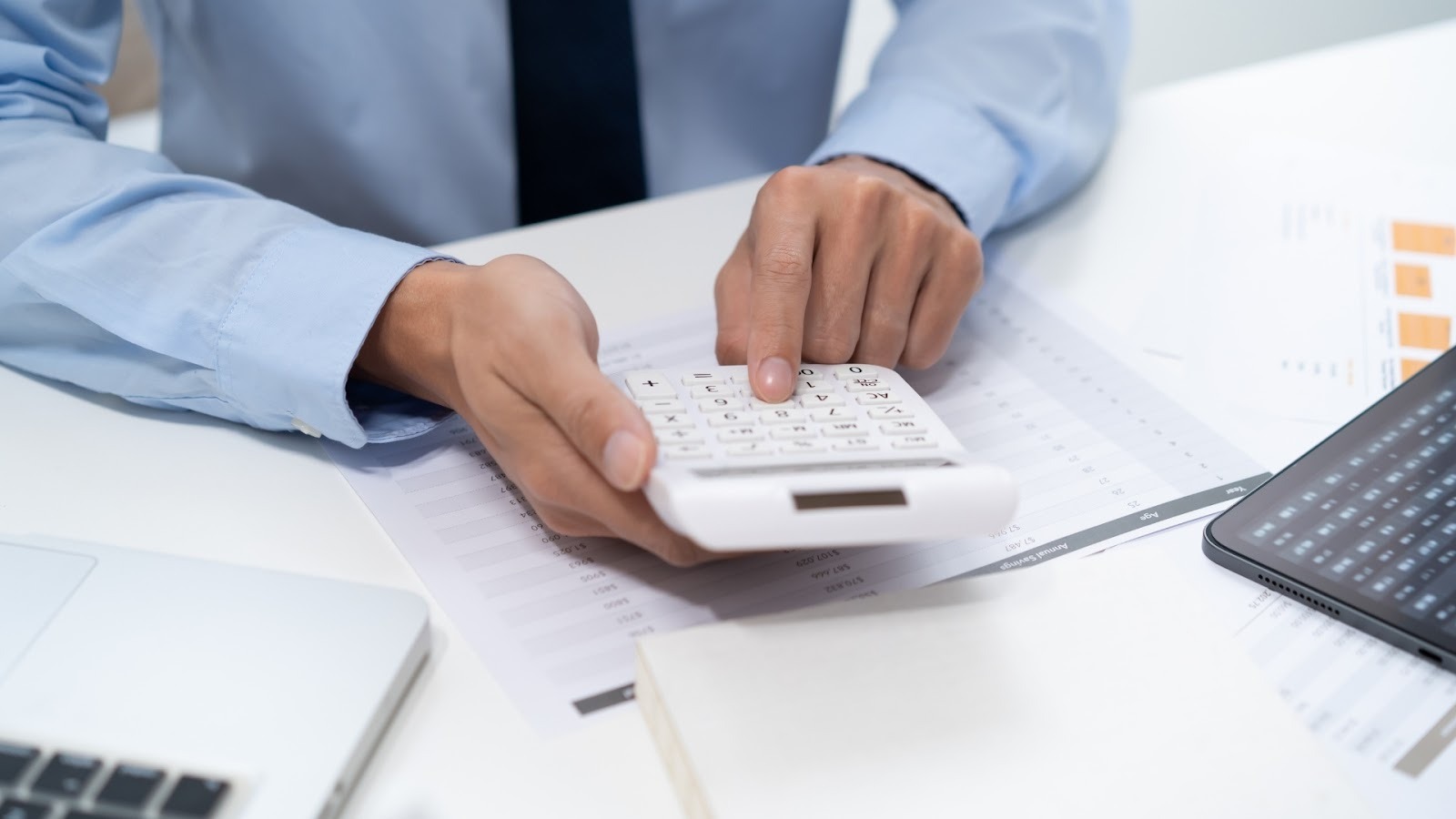October 31, 2025
.jpg)
Running a restaurant is like orchestrating a complex performance where every detail, from ingredients and staff schedules to utilities and marketing, affects the final experience. Yet, even the most carefully planned operations can be disrupted by unexpected costs.
Imagine preparing for a weekend rush only to face a sudden spike in produce prices or an urgent equipment repair. Understanding controllable and non-controllable costs in a restaurant is key to maintaining profitability, optimizing resources, and staying resilient amid uncertainty.
This blog will help you distinguish what you can influence from what you can’t, so you can make smarter decisions that protect your margins and ensure smooth, efficient operations.
At a Glance:
In the restaurant business, controllable costs are expenses that owners and managers can influence or adjust through operational decisions. These costs typically relate to labor, food and beverage usage, and day-to-day operational choices.

Alt text:What are Controllable Costs? Identifying and Managing Them in 2025
Since they are within your control, effective management of these costs can significantly impact your profit margins, allowing restaurants to respond quickly to changing demand, optimize resource usage, and maintain financial health.
Controllable costs are different from non-controllable costs, which include fixed expenses like rent, insurance, or property taxes. By focusing on controllable costs, restaurant operators can make data-driven decisions to improve efficiency, reduce waste, and maximize returns.
Identifying controllable costs starts with a careful examination of your restaurant’s expenses and operations. Key areas include:
A practical tip is to regularly analyze your Profit & Loss statements and POS data to pinpoint which costs are flexible and responsive to management actions.
Once identified, controlling these costs requires a combination of strategy, technology, and consistent monitoring. Here’s how to manage controllable costs:
1. Food Cost Control: Food costs are one of the largest controllable expenses, but they can be optimized through precision and planning. Use inventory management software to track ingredient usage in real time, reduce over-ordering, and minimize spoilage.
Implement portion control systems to ensure consistency across dishes and renegotiate with suppliers regularly to take advantage of bulk pricing or seasonal discounts. Regularly analyzing menu profitability can also help identify low-margin items that can be replaced or repriced.
2. Labor Optimization: Labor is another major variable cost, and managing it efficiently requires visibility into scheduling and performance. Use predictive scheduling tools that factor in historical sales, weather patterns, and local events to forecast staffing needs accurately.
Cross-train employees to handle multiple roles during slower shifts, ensuring flexibility without overstaffing. Monitoring productivity and using real-time labor dashboards can help identify inefficiencies and reduce unnecessary overtime.
3. Operational Efficiency: Operational costs, from utilities and cleaning supplies to maintenance, can creep up unnoticed. Conduct periodic expense audits to identify recurring costs that can be reduced or automated.
Switch to energy-efficient equipment, automate ordering and billing processes, and compare vendor quotes to ensure competitive pricing. Small, consistent optimizations like smart thermostats, reduced paper usage, or streamlined workflows can compound into significant savings over time.
Effectively managing controllable costs allows restaurants to maintain profitability, adapt to market shifts, and make operational decisions with confidence. When combined with insights into non-controllable costs, it provides a complete picture of financial health and areas for improvement.
Also Read: Cloud Kitchen Price Breakdown 2025: Real Costs, Smart Savings
While controllable costs can be adjusted through management decisions, non-controllable costs in a restaurant are expenses that remain largely fixed or influenced by external factors. These costs are harder to change in the short term, but understanding them is vital for accurate budgeting, forecasting, and long-term financial planning.

Alt text:What are Non-Controllable Costs in a Restaurant?
Non-controllable costs typically include rent, property taxes, insurance premiums, loan payments, licenses, and certain utilities. Even though you can’t directly change these amounts, how you plan for and manage them can make a significant difference to your bottom line.
Recognizing non-controllable costs requires reviewing your fixed and contractual obligations. Some key examples include:
It’s important to classify these costs correctly in your accounting system. This helps in separating them from flexible expenses when analyzing profitability or making budgeting decisions.
Although you can’t directly alter non-controllable costs, smart financial management can reduce their overall impact:
1. Negotiate Strategically: While you can’t eliminate rent or insurance, you can often reshape the terms. When leases, utility contracts, or insurance policies are up for renewal, use data and competitive benchmarks to negotiate better rates or flexible payment structures.
For example, request rent escalations tied to revenue growth or explore multi-year agreements that lock in favorable rates.
2. Plan Ahead: Non-controllable costs often fluctuate with inflation, taxes, and market trends. Build multi-year financial forecasts that account for these variables, allowing you to anticipate cost changes rather than react to them.
Maintain emergency reserves and review expenses quarterly to stay aligned with shifts in economic conditions or supplier pricing.
3. Optimize Around Fixed Costs: When you can’t lower the expense, increase the value it delivers. Maximize revenue per square foot through smarter table turnover, strategic menu pricing, and targeted promotions.
Boost digital sales with delivery and takeaway channels to fully utilize your kitchen capacity. The goal is to ensure every fixed cost contributes to a higher overall return.
Managing non-controllable costs effectively isn’t about cutting them, it’s about strategic planning and adaptability. By balancing these with well-managed controllable costs, restaurants can build financial resilience and maintain profitability even when market conditions fluctuate.
Also Read: How to Make a Small Restaurant Grow: Top 33 Tips
Reducing controllable costs isn’t about cutting corners, it’s about working smarter. In 2025, successful restaurants are turning to data, automation, and precision management to maintain profitability without compromising guest experience.

Alt text:5 Best Strategies to Lower Controllable Costs Across the Restaurant
Here are five strategies that deliver real results:
Inventory missteps, including over-ordering, spoilage, or stockouts, are among the biggest drains on a restaurant’s budget. AI-driven inventory systems can forecast demand, track ingredient usage in real time, and automatically alert managers before shortages or excesses occur.
Modern POS integrations also link menu sales to ingredient consumption, helping you identify best-selling dishes and high-cost items.
Result: Less waste, more accurate purchasing, and better control over food costs.
Labor costs are controllable but often mismanaged. Using AI-based scheduling tools, restaurants can align staffing levels with predicted foot traffic, weather data, and reservation trends. This prevents overstaffing during slow hours and understaffing during rush periods.
Cross-training employees across multiple roles, like having servers trained in basic bar or prep tasks, also boosts flexibility and reduces reliance on extra hires.
Result: Balanced labor utilization, higher team productivity, and lower overtime expenses.
Food waste remains a silent profit killer. Standardizing portions, using recipe management systems, and closely tracking prep waste can make a major difference.
AI-powered kitchen dashboards can highlight high-waste ingredients or menu items with poor yield. Repurposing unsold items into specials or staff meals adds further savings.
Result: Lower food costs, improved sustainability, and better cost-per-plate consistency.
Energy expenses, though recurring, can be managed with the right technology and awareness. IoT-connected appliances now allow restaurants to monitor real-time energy usage, detect inefficiencies, and optimize schedules for heavy equipment like ovens and refrigerators.
Simple upgrades, including LED lighting, sensor-based HVAC control, and routine maintenance, can reduce energy bills significantly.
Result: Long-term savings, smaller environmental footprint, and smoother day-to-day operations.
Menu optimization is one of the most overlooked cost levers. By analyzing ingredient costs, sales data, and profit margins, restaurants can redesign menus that highlight high-margin items and reduce those that underperform.
Pairing AI analytics with customer feedback allows you to refine pricing and portioning dynamically.
Result: Higher average check value, reduced food waste, and better profitability per dish.
By strategically managing these five areas, restaurants can gain better cost visibility, improve efficiency, and strengthen margins, even in a competitive market. When paired with AI insights, controllable cost management becomes less about guesswork and more about precise, proactive decision-making.
Also Read: Hire and Retain Restaurant Employees: Top 12 Strategies
In a competitive dining landscape, controlling costs while maintaining quality is a constant challenge. iOrders helps restaurants achieve both, combining AI-driven insights, automation, and cost-efficient operations in one intuitive platform.

Alt text:How Can iOrders Help Restaurants Optimize Their Costs?
It’s not just about managing orders; it’s about making smarter business decisions that directly impact your bottom line.
Here’s how iOrders can help your restaurant optimize costs:
With iOrders, restaurants gain the power to analyze, automate, and optimize their biggest cost drivers. By turning data into actionable insights, iOrders empowers restaurants to cut waste, boost margins, and grow sustainably, proving that smarter operations, not higher spending, drive long-term success.
Also Read: How to Start and Run a Successful Restaurant in 10 Simple Steps
Running a restaurant today is as much about managing numbers as serving great food. Knowing the difference between controllable and non-controllable costs helps owners focus on what truly impacts profitability. While some expenses like rent or taxes are fixed, others like labor, inventory, and marketing can be optimized with the right systems.
With platforms like iOrders, restaurants can track spending, automate workflows, and use data-driven insights to control costs without compromising quality. Smart cost management isn’t just about saving money, it’s about building a more resilient, profitable business.
Book a free demo with iOrders today to see how intelligent automation can help you cut costs and boost profitability.
1. Can franchise royalty fees be considered a non-controllable cost in a restaurant?
Yes, franchise royalty fees are often non-controllable because they are contractually required, calculated as a set percentage of revenue, and not affected by daily operational decisions or short-term negotiation.
2. How do utility rate structures make certain energy costs non-controllable for restaurants?
Restaurants locked into fixed- or demand-based utility pricing plans may see energy costs fluctuate due to factors outside their control, such as sudden rate hikes or mandatory surcharges, making a portion of utility bills non-controllable month-to-month.
3. Are property insurance premiums always non-controllable for restaurants?
Typically, insurance rates are determined by external risk assessments, market trends, and legal mandates. Restaurants cannot easily reduce these costs in the short term, regardless of operational steps, making them inherently non-controllable after policy contracts are signed.
4. How do government-mandated charges impact non-controllable costs in restaurants?
Mandatory licensing, permit fees, and health inspection charges are set by agencies and must be paid at scheduled intervals, outside of restaurant influence. A change in local laws or fee structures can increase these expenses with little advance notice.
5. Does equipment depreciation count as a non-controllable restaurant expense, and why?
Yes, depreciation schedules are based on established accounting rules and asset lifespans, meaning restaurants cannot accelerate or postpone these non-cash costs, even if business conditions change unexpectedly.
6. How do signed supplier contracts sometimes create non-controllable costs for a restaurant?
If a restaurant signs a long-term purchasing agreement for staples like bread or beverages, the price, delivery, and quantity often remain fixed—regardless of market shifts or actual usage, locking in non-controllable costs for the contract duration.
7. Can unforeseen infrastructure repairs or assessments become non-controllable costs for restaurant operators?Yes, when building owners or city authorities issue emergency repairs or new assessments (e.g., parking lot resurfacing or HVAC upgrades), tenants are often obligated to share costs, even if unplanned and not reflective of their own operations.